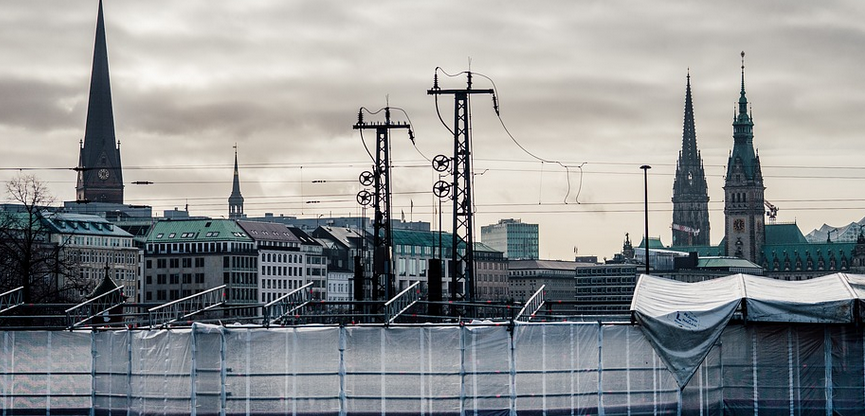The Unsung Hero of Your Chainsaw: Understanding Pitch
So, you’ve got your trusty chainsaw ready to tackle a tree or take down those pesky firewood piles. But what exactly is “pitch” on a chainsaw chain, and why does it matter?
Imagine a tiny, intricate dance of teeth biting into wood, powered by the mighty engine of your chainsaw. That’s where the pitch comes in, this vital component that helps your saw cut through anything you throw at it.
Think of pitch like the secret sauce for a perfectly balanced chain operation. It’s essentially the very fabric of how a chainsaw cuts wood – and it plays a crucial role in determining what kind of work your saw can do.
But before we delve into the technicalities, let’s make something crystal clear: pitch is not just about the chain itself. It involves the entire cutting system. From the teeth to the bar, the way they interact with each other and the wood – all of it depends on the right pitch.
So, what exactly is this “pitch” everyone’s talking about? It’s a measure of how sharp the chain’s teeth are, and that sharpness comes down to the material used in manufacturing.
The Significance of Pitch
Think about it like a symphony orchestra. Each instrument needs its own unique pitch to create harmony: the violin plays high notes, the flute sings sweet melodies, while the bass provides grounding and rhythm. In a similar vein, your chainsaw chain needs the right pitch for optimal performance.
You see, pitch is crucial because it directly relates to how sharp those teeth are.
The higher the pitch, the sharper the teeth. And what does that mean? It means faster cuts and smoother wood preparation.
Think about a knife with a razor-sharp blade – that’s the effect of high-pitch chains. They slice through wood effortlessly, leaving behind clean, precise cuts, minimizing wood waste.
But it’s not just about the initial cut. It also impacts how long a chain will last and how well it performs over time.
The Importance of Chain Types
Chainsaws come in all sorts: gas-powered, electric, even mini chainsaws, each with different requirements depending on the task at hand.
For instance, a high-pitch chain is ideal for cutting wood. It provides greater resistance to wear and tear, resulting in longer life and more efficient performance.
But what about those delicate jobs like trimming hedges or shaping small branches? For these tasks, a lower pitch chain might be suitable. It’s gentler on softer woods and is less prone to clogging.
Choosing the right pitch for your chainsaw depends on the work you need it for. So, before you grab your saw, take a moment to consider what kind of cuts you plan to make.
The Pitch Formula: A Chain Reaction
So, how exactly is pitch determined? It’s all about understanding the material composition and the cutting process itself.
Chains with lower pitch tend to be more flexible and less aggressive. They are gentler on wood but also slower in their cuts. Think of them as the smooth-talking friends, always ready for conversation.
On the other hand, higher pitch chains have a stiffer structure and sharper teeth, offering faster cuts and greater power.
They’re like the competitive athletes in the room, always pushing themselves to their limits – they might be harder on wood but deliver results with precision.
Choosing Your Chainsaw Chain: A Matter of Balance
The decision to opt for a lower or higher pitch depends on your individual needs and the type of work you’ll be doing. For rough-cutting tasks like trimming branches, a lower pitch might be preferable.
For more demanding cuts, like felling trees, high pitch is often best. Think of it as a trade-off between speed and efficiency.
So, before you pick out your chainsaw chain, consider carefully: what kind of wood are you working with? What’s the level of control needed for each cut?
Mastering the Art of Pitch
Ultimately, choosing the right pitch is about finding the sweet spot between efficiency and versatility. It’s a balancing act that maximizes your chainsaw’s potential.
Remember: this isn’t just about picking the right chain; it’s about understanding how each element in your saw system works together to create success. And remember, safety first! Be cautious and explore these concepts with care
